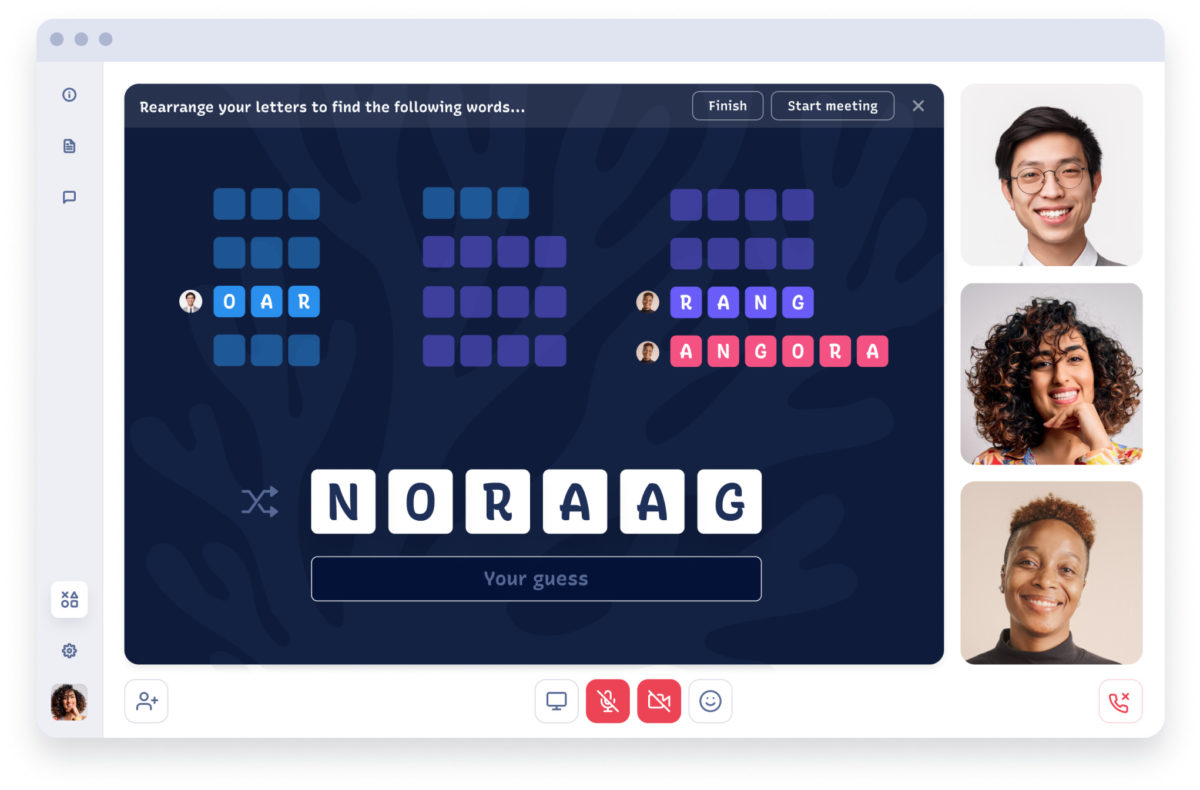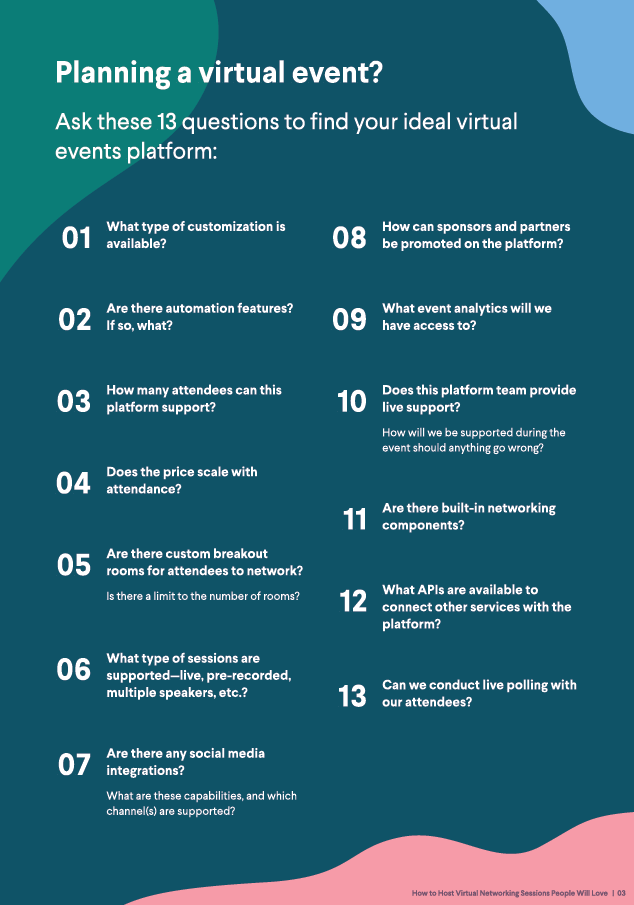Remote work is certainly not going anywhere soon. But neither is the office.
According to a recent PwC report, only 13% of executives are prepared to let go of their physical office for good. However, just because the office will continue to play a role doesn’t mean that role will be the same. In fact, 87% of executives expect to make changes to their real estate strategy over the next 12 months. Many will consolidate and reduce, while others will open small satellite locations.
What does this mean for facilities management? It’s time to optimize for hybrid work. Here are three strategies to consider:
1. Collect Data and Get Smart with Digital Twins
The digital world bypassed physical office space during the pandemic, but now it’s time to transform office buildings with data. Connected devices are making buildings more intelligent and can attract tenants who now expect more from their offices. For instance, they can offer both facilities managers and employees the ability to track and adjust lighting and temperature in real time.
As these sensors become more sophisticated and connect more of your building’s systems, you can literally begin to piece together a digital copy of your office space, often called a digital twin. This twin encompasses all the dynamic data of your operations, digitally visualizing how people interact with your building. This allows you to optimize and fine-tune your operational strategies. How many people visited the kitchen in the old days? How many now? Even if you don’t have pre-shutdown benchmarks, the data going forward can help you, and your managers, optimize usage and layouts.
Smarter floor plans and more dynamic usage data can create a dialogue with real-time communication and collaboration between buildings, facilities management, individual team managers, and the technology that holds the system together.
2. Redesign Hybrid Offices with Remote Work in Mind
Most of your employees will incorporate at least some degree of remote work into their schedules. In that case, your workspace can stand out dramatically by simply optimizing around a few simple physical design elements that can make a hybrid office more remote-friendly.
For example, many facilities managers are considering how to most efficiently use space when hybrid workers are not in the office. Some of the emerging trends include:
- Implement a desk ‘hoteling’ strategy, where employees can sign up for a flexible desking pool. This frees up significant space that would otherwise sit unused.
- Optimize your office’s layout with many small 1-on-1 spaces or call booths. These allow in-person employees to sync with remote employees quickly without distracting other office colleagues.
- Increase the number of small, bookable conference rooms. These private spaces are now centrally important to hybrid collaboration, and will likely see a dramatic increase in use.
Think about how to merge physical and virtual spaces to make them work for everyone, and watch your building become a frictionless environment that enables the hybrid work of the future.
3. Virtual Space and Remote Collaboration Shouldn’t Be a Workplace Afterthought
Optimizing for hybrid work doesn’t just flow one way. Just as you optimize the physical for the virtual, you need to offer quality virtual spaces as an extension of your workplace. As hybrid work becomes more popular, facilities managers should now request vetted remote collaboration tools as part of their lease agreements. These remote working packages help potential employees stay connected with their remote teams and help facilities managers succeed.
Consider a meeting platform designed to inspire increased engagement in meetings and empower organizations to measure and improve their hybrid culture’s health.
Furthermore, we all know that while planned meetings are key, teams interact in critical ways outside the meeting room. Video tools shouldn’t only facilitate meetings. They need to support natural and unplanned interactions and community as well. Remote collaboration tools must also recreate an office environment when structured meetings are not taking place. Virtual offices allow employees to “sit” in virtual rooms where their colleagues can informally bounce around to sync on topics quickly as necessary.
Virtual networking platforms can also support small rooms organized around fun topics so employees can engage personally after work in a virtual water cooler. These offerings can be a huge value-add for a company that is on the fence about physical office space.
Hybrid Offices Designed for the New World of Hybrid Work
According to PwC’s report, 75% of executives expect at least half of their employees to be back in the office by July 2021. Only 61% of employees feel the same way. It will be up to building managers to convince them of the benefits of in-person work and safety.
While 55% of employees surveyed said they prefer working remotely at least three days a week, 87% still think the office is essential for key team collaboration and building the most productive relationships. Building managers need to focus their efforts there. The office designs of the past simply will not win skeptical tenets back if they are unchanged. The winners will design smarter, more tenant-friendly offices that integrate remote collaboration and communication, creating a seamless working experience that easily transitions from the physical to the virtual and back again.











